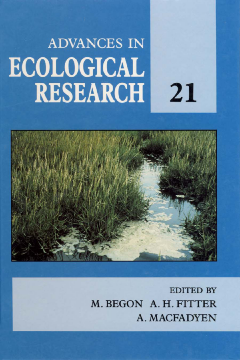
Additional Information
Book Details
Abstract
This volume contains five papers dealing with a wide range of plant, animal, and soil biological topics.
Gray and his colleagues describe the origin and spread of the salt marsh grass Spartina anglica. The result of a hybridization at the close of the last century, this genetically uniform species has been extremely successful in its particular niche and has a fascinating biology.
Smith stresses the importance of gene-environment interactions in life-history theory in contrast to the resource constraint emphasis of the optimization approach. Experimental approaches to the subject are also discussed.
Chanway and his colleagues examine the evidence for the importance of interactions between plants and micro-organisms in the rhizosphere in determining the outcome of plant competition and the establishment of community structure. Despite scarce evidence, real effects meriting further research do seem to exist.
Brundrett also deals with an aspect of ecology in the soil. Most plants seem to have mycorrhizal associates and their importance is now widely appreciated. Much has been learned but more research is needed to determine the beneficial or after effects of mycorrhizae in natural systems.
Richter and Babar review the diversity of tropical soils. They are in fact much more variable than is often thought, perhaps because too few ecologists are specialists in soils. Clearly, a proper knowledge and understanding of the many soil types is vital to conservation and development work in the tropics.
- Serves as the fourth volume under new editorial direction
- Presents a broad range of topical papers in ecology
- Contains five papers dealing with a wide range of plant, animal, and soil biological topics
